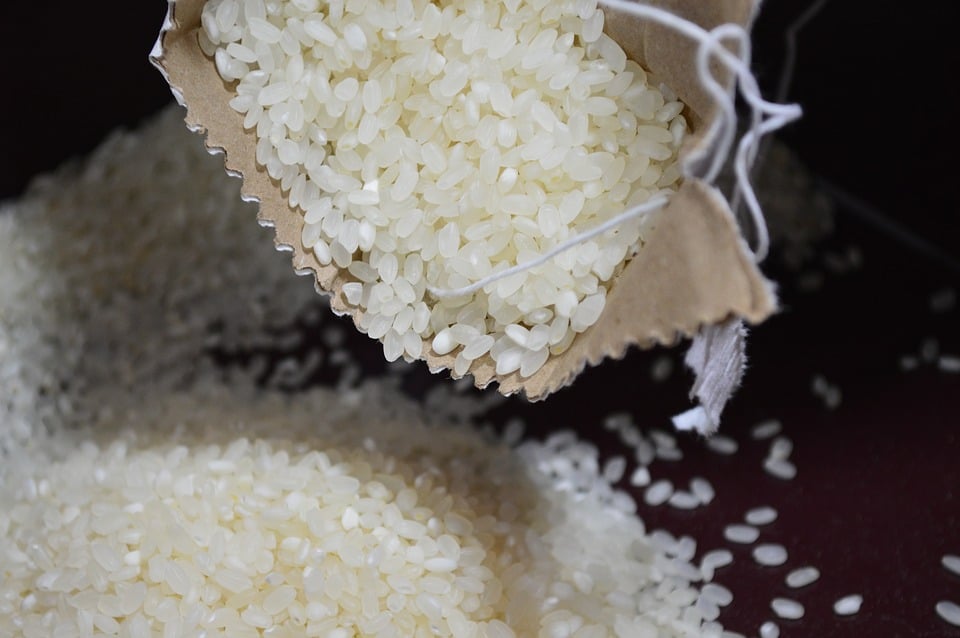
2. Brown Rice
Brown rice is a particular type of whole-rice grain that is produced just by the removal of the inedible outer covering. Unlike white rice, there is a layer of bran and cereal germ present in these, which gives them a brown color and high-fiber content. This high-fiber content is responsible for making it a healthier alternative to white rice. Loaded with vitamins and minerals, brown rice can be considered as a whole-grain food. Its low-calorific value and low glycaemic index are few of its characteristics that support its healthy nature, as it is also completely free of gluten.
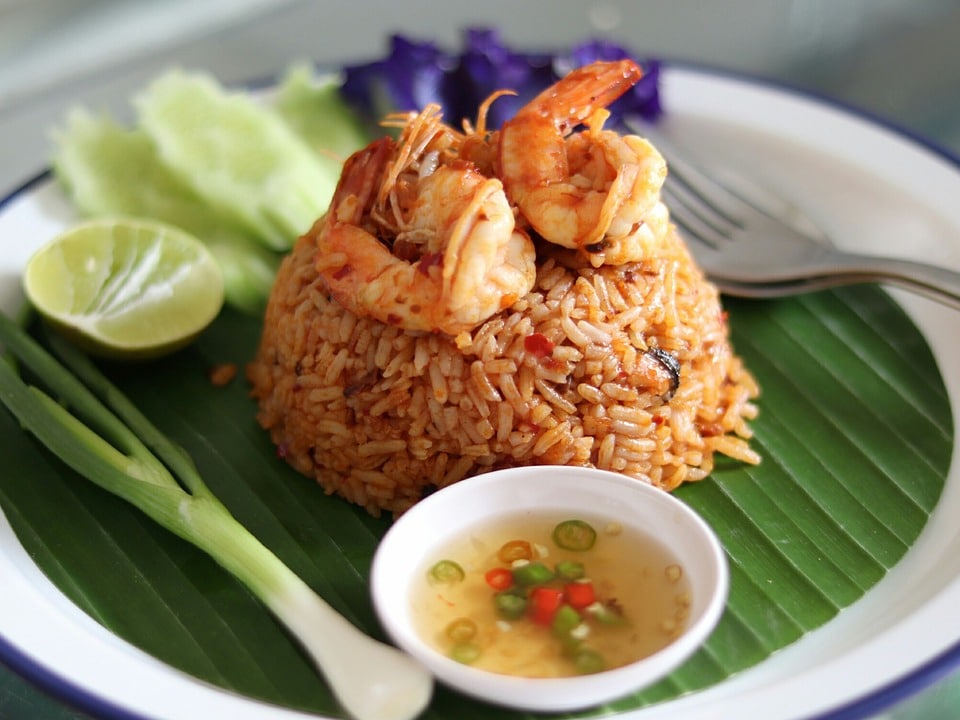
3. Red Rice
Since bran and germ covering is responsible for giving the rice a certain brownish color, it is self-evident that a high amount of bran and germs would increase the strength of the brownish appearance and make it look red, thus it gets its name as red rice. Another type of whole-grain rice, red rice contains a higher amount of fiber and minerals. One of the minerals present in red rice, namely magnesium, provides red rice with almost all of its beneficial qualities. Magnesium, which is present in this type of rice, is often linked with the lowering of one’s blood pressure, controlling blood sugar level, and strengthening bones. So, it is quite clear that red rice is a healthier alternative to even brown rice.
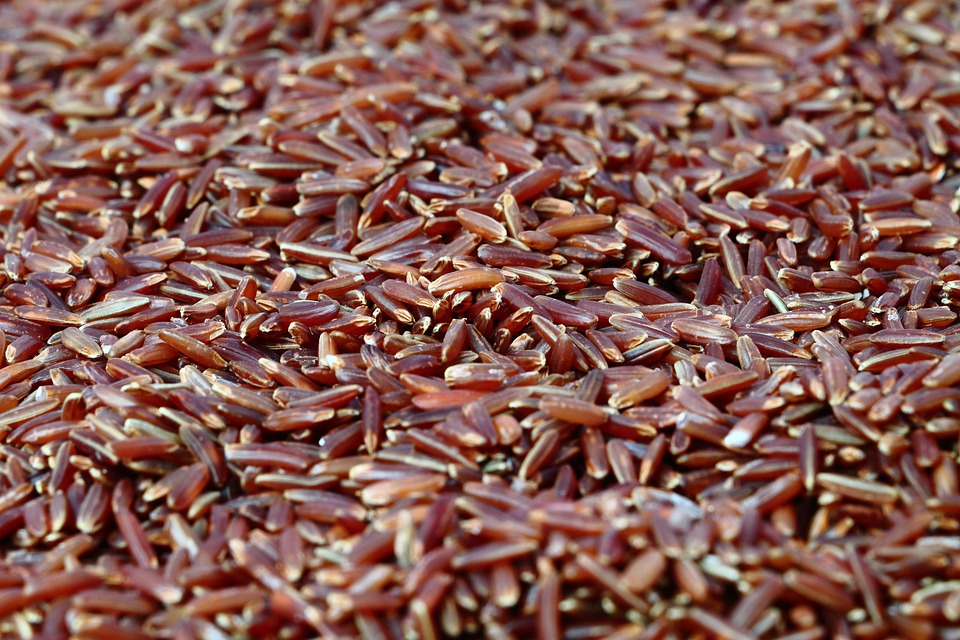
4. Black Rice
Black Rice, also known as forbidden rice is generally characterized as a good source for minerals, vitamins, and antioxidants. Containing a mild-nutty flavor, the addition of black rice would add a certain aromatic flair to your meal.
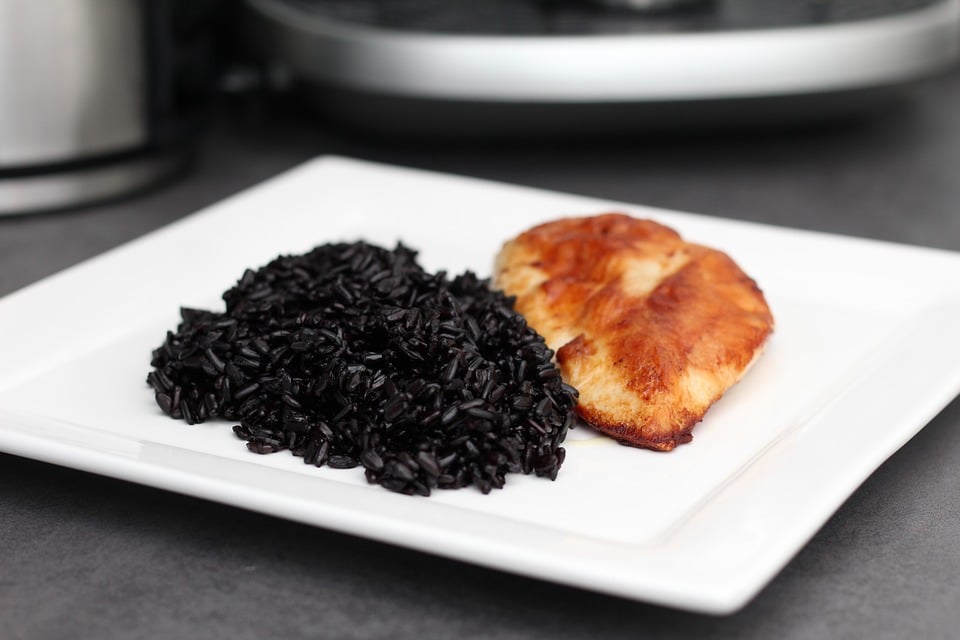
Related Reading In Cooking Guide
Types Of Oats: Steel Cut and Rolled Oats
Types of Tea: A Tea Lover’s Encyclopaedia
Different Shapes Of Rice
1. Short Grain Rice
As the name suggests, these rice grains are shorter in size (its length is double of its width). Turning soft and tender after cooking, these rice grains tend to stick together, which makes it a great choice as sushi rice. In addition to that, these types of grains are also used as an ingredient in puddings and salads.
2. Medium-Grain Rice
There isn’t much of a visual difference between medium and short-grain rice. Being slightly longer than short-grain, both of these types often get mixed and might confuse the consumer. However, being somewhat similar doesn’t mean that both are just the same, for cooking medium-length rice results in more chewy, moist and tender grains. Arborio and Valencia are a few examples of medium grain rice, which are also best suited for the preparation of dishes such as risotto.
3. Long-Grain Rice
These grain types can be quite easily identified, for the difference between its length and width is significant enough to make it look long and slim. After cooking, these rice grains are less chewy as compared to other types, however, if there is one likable quality about these grains, it would be the fact that they are less sticky and equally fluffy as compared to the other two types. Some examples of long-grain rice include basmati and jasmine.
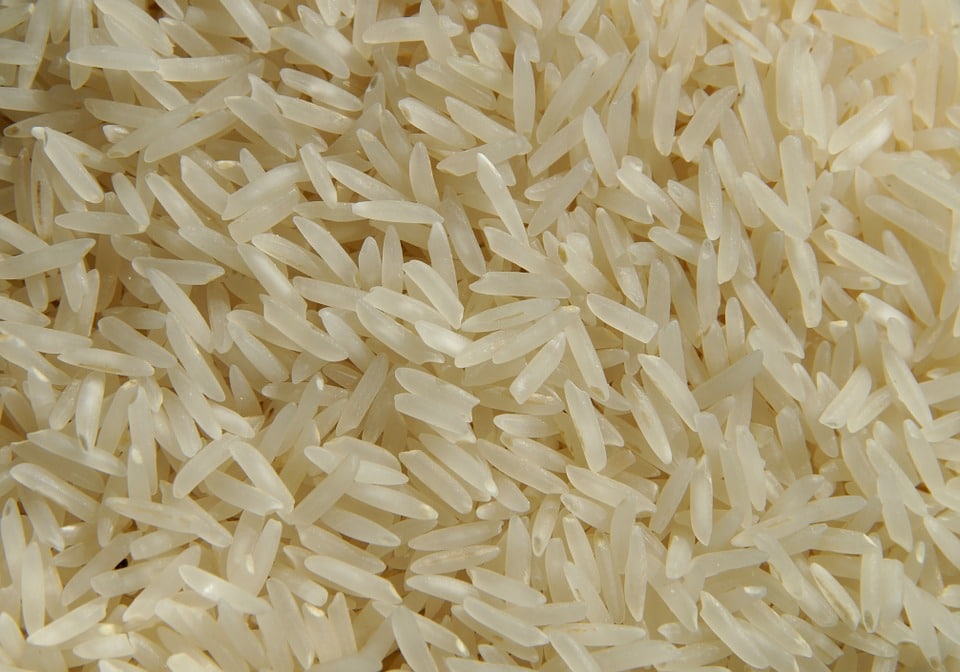
Different Textures Of Cooked Rice
Before we go any further, you need to note that there are two basic textures associated with cooked rice, namely sticky and parboiled, both of which have different uses as per their characteristics.
1. Sticky Rice
Being moist and tender, this texture makes the different grains of rice stick together effortlessly. This property makes it a great variant for dishes such as sushi, which often requires the grains to settle together.
2. Parboiled Rice
As the only other texture associated with cooked rice, it must be clear to you that these specific types of grains are rather firm and stay separated after the whole cooking process. In addition to that, these grains are just as moist and fluffy as the other type, which makes them a great variant for a completely different set of recipes.
Types Of Aromatic Rice
These are a special classification of rice as they have a particular aroma and flavor associated with each grain. The main factor behind their aromatic nature is the presence of a certain compound called 2-acetyl 1-pyrroline.
1. Jasmine Rice
Also known as Thai fragrant rice, these grains are slightly less aromatic. They are a common part of Asian delicacies and are often found in long-grain forms, which means that they stay separated and fluffy after cooking.
2. Basmati Rice
Basmati rice is quite popular in India, and over 90% of these grains exported across the world originate from India. Basmati rice has an aromatic and tasteful character that is stronger than that in Jasmine rice. Remaining separated and fluffy after cooking, basmati rice is often cooked along with other spices and flavorings that help in enhancing its taste.
Though rice and its variants are quite easy to come across, as they are widely available across the world, it is also vital for you to know which type of this grain works best for your recipes. And to prepare a perfect rice meal you must take into account its texture, aroma, shape, and most of all, its nutritional content. If you keep in mind all the factors that are associated with its cooking, you will for sure prepare a flavorful meal with all the minerals and vitamins that rice has to offer.




